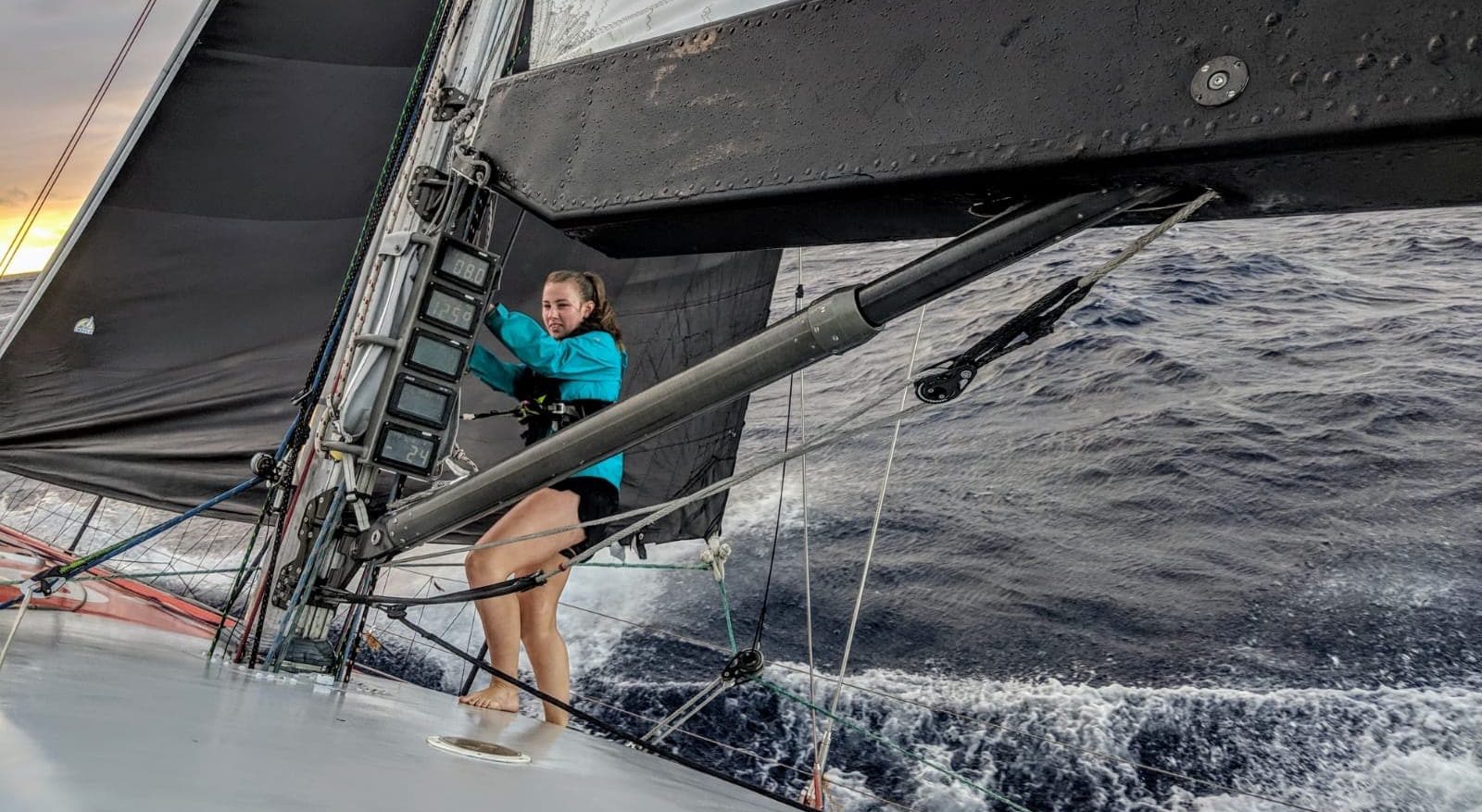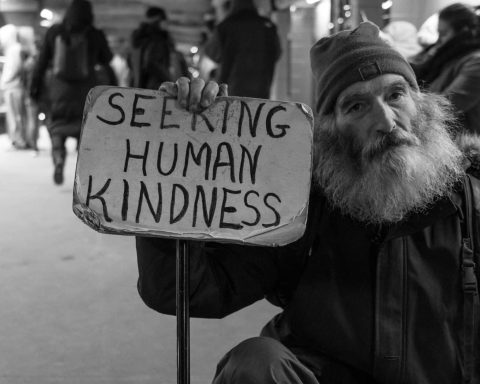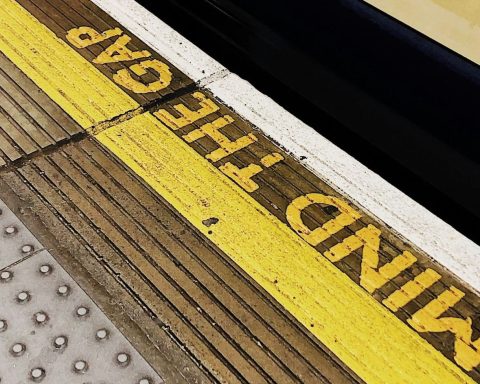 Sierra Schaffer is an academic foundation trainee with an interest in paediatric surgery, simulation training, and ocean sailing.
Sierra Schaffer is an academic foundation trainee with an interest in paediatric surgery, simulation training, and ocean sailing.
I have been a sailor much longer than I have been a doctor. I started sailing when I was 2 months old, by 14 I was working on tall ships called brigantines, then ocean sailing and racing at 19. Sailing and medicine were never far apart, and from the age of 15 I often had a medical role onboard. The greatest challenge was a general practice one: not making a definitive diagnosis but to triage, having to decide what was safe to watch and wait, what could be managed with resources onboard the ship, what needed to be seen on land, and what warranted urgent evacuation.
After completing ocean lifeguard training and with a growing interest for medicine, I found myself working as the medical officer aboard tallships along with other roles such as bosun or navigation and watch officer. When a hatch fell during a storm crushing an adolescent crew member’s hand, I was called. We un-trapped his hand, provided basic analgesia, and examined his fingers to ensure perfusion and sensation was intact. I decided that we could sail him to shore rather than call the coast guard. We stabilized the hand with a makeshift splint (some foam board and stiff wire netting), and applied ice. Four hours later we were at shore, and two hours after that he was getting a cast applied at a hospital in a small seaside town.
I found myself working as the medical officer aboard tallships along with other roles such as bosun or navigation and watch officer.
On another occasion I had to manage outbreaks of hand-foot-mouth in a crew of 30. The extremely small shared spaces, including “hot bunking” where beds are shared between different watches, and difficulty sterilizing many of the ship’s touch points meant these infections spread rapidly. The priority here lay in quarantining infected crew members, adding strict hand hygiene check points and using gloves when touching the lines or climbing the rigging which could not be sterilized, and keeping shoes on. With this being a low risk infection the ship did not divert the ship to shore, and eventually we were able to curb the spread despite the circumstances.
A lot of the common presentation aboard ship will be familiar to GP readers: common colds, nausea/vomiting, dehydration, and sunburns, while some are more boat specific, like salt wounds, frostbite, sleep deprivation, and minor wounds from boat work. Seasickness is a particular challenge. There are stories of sailors jumping overboard to escape the feeling of seasickness upon the ocean. While medication can help (alongside hydration, rest, keeping busy and looking towards the horizon) there is no magic fix. Prevention is the best intervention, but otherwise it just takes time and can affect sailors of any level of experience.
On the ocean preparation and initiative are key. The crew rely on a water maker to create drinkable water by desalination. What happens when this breaks? And what about when you run low on antinausea medication or electrolytes, or even paracetamol? At that point it comes down to recognizing the situation and limitations for what they are, acknowledging this, and making an actionable plan.
Most of my medical experience on the ocean comes from being shore crew for global race campaigns. Packing the medical kit knowing that the sailors are going to be thousands of miles from shore, with the closest other humans being on the international space station, was daunting. How can you plan for everything that might happen due to the race, let alone everything that could happen to anyone on shore as well? I focused on packing medical kits systematically in order to be easy to navigate, provisioning the ship well with the most simple and preventative interventions, and discussing clear indications for the team to escalate and request advice via radio, email or satellite phone consult as well as when a diversion or emergency call may be necessary. Prioritizing prevention is vital, and a reminder sent daily. For example, taking the time to peel off soaked gear and base layers and put on the driest option available to prevent frostbite and salt wounds from taking hold.
Like in general practice, serious incidents are never far away. There have been emergencies involving potential spinal injuries, which required stabilization and emergency evacuation by the coast guard to a trauma center, as well as a case of appendicitis at sea, 6 days from shore that was managed with antibiotics until they were close enough to shore for an evacuation to be orchestrated.
There will always be a way to escalate a patient’s care when needed, for urgent review or the emergency department, and there will always be someone there to discuss a complex decision with.
In a world where so much is unpredictable and stakes so high, preparation, prevention, communication and teamwork are key. These lessons translate to general practice work. While you will not be in a GP practice so remote as the middle of the ocean, it is still you sitting alone in each patient consultation. The challenge often comes when deciding what can wait and what cannot. When is it appropriate and safe to use time as a diagnostic and management tool, and when does someone need to be sent into urgent care, or have an ambulance called.
Often, we end up trying to make something from nothing where resources are not available, be it material resources or time. But it is important to remember that you are not in the middle of the ocean. There will always be a way to escalate a patient’s care when needed, for urgent review or the emergency department, and there will always be someone there to discuss a complex decision with. I think whether at sea or in general practice, the core approach remains the same: consider the problem in front of you and the resources available, and make a safe and realistic decision about what the possibilities are. See the ocean and the waves; take a moment to see the patient in front of you as well as taking a step back to consider the wider situation. Medicine (as with sailing) calls for resilience, innovation, and perseverance in the face of adversity.
Featured photo: on deck was taken by Melodie Schaffer @threeoceansventures in the Caribbean 600 race 2019.
Profile Photo: aloft was taken by John Rennison @jlrenn sailing on Playfair on Lake Ontario in 2017.






